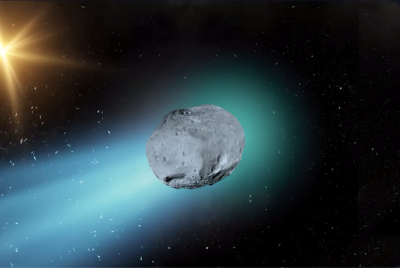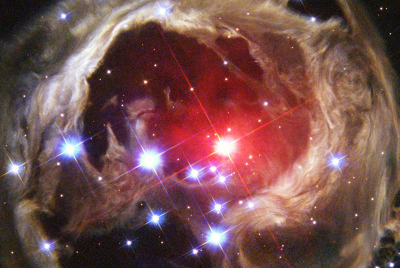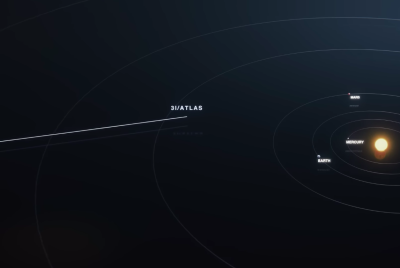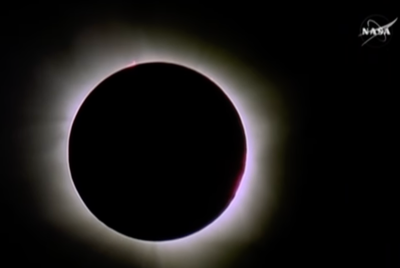700,000-Year Sleeping Giant Wakes? Scientists Warn Iran Volcano May Explode
The study highlights an urgent need to strengthen regional monitoring networks and improve public preparedness.
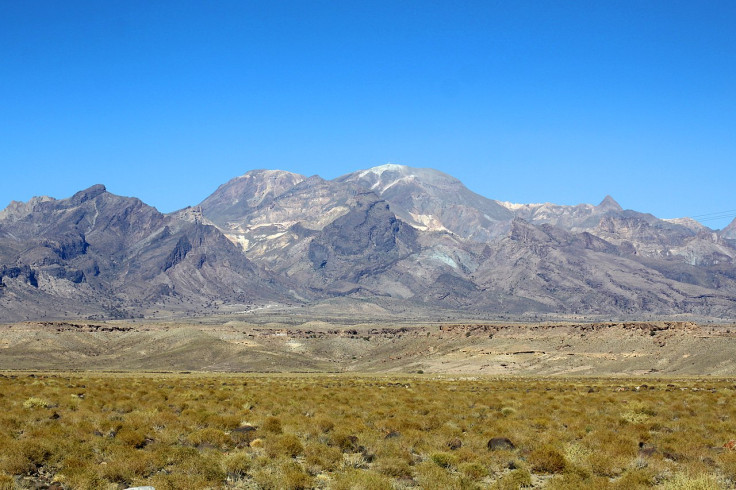
The vast desert of eastern Iran, known for its sun-baked plains and jagged horizons, may soon witness a dramatic geological event unseen for millennia.
The Taftan volcano, long considered extinct, has begun to display concerning signs of reactivation. Scientists warn that what was once thought to be merely a geological relic may be on the verge of erupting once again.
Signals from the Depths
Taftan is situated on the lesser-known Makran volcanic arc, which extends approximately 275 miles along the Indian Ocean, near Iran's border with Afghanistan. Its slopes are dotted with fumaric vents—holes that release sulphurous gases—giving the volcano a distinctive yellow and grey hue.
A recent study published in Geophysical Research Letters reveals that researchers detected rapid ground uplift near Taftan's 13,000-foot summit between July 2023 and May 2024. This was accomplished using advanced satellite sensing technology, which allows scientists to monitor remote volcanoes with unprecedented precision.
The study employed sophisticated analysis techniques to filter out atmospheric noise and external triggers such as earthquakes or rainfall. The results showed no such external activity; instead, the pattern indicates that magma is steadily rising within the volcano. This internal movement suggests the mountain is swelling, with increasing pressure beneath its surface—a potential precursor to eruption.
A Warning from the Sleeping Giant
This rising activity is akin to hearing faint breathing in a tomb long thought sealed forever. The authors of the study stated: 'Our findings reveal that Taftan is more active than previously recognised.'
The last significant eruption was estimated to have occurred around 700,000 years ago. Vague reports suggest minor activity in 1902 and 1993, according to the Smithsonian Institution's Global Volcanism Program, but no confirmed eruptions have been recorded in recent history.
Complacency and Hidden Risks
For centuries, people have become complacent due to its long dormancy. However, scientists now caution that even dormant volcanoes can erupt suddenly and violently without warning. The potential consequences of an eruption could be severe, especially if it occurs unexpectedly.
Mount taftan volcano in Iran is intensifying pic.twitter.com/HtTYa5gzWM
— Mossad Commentary (@MOSSADil) May 18, 2024
A Wake-Up Call for Monitoring and Preparedness
This research serves as both a scientific breakthrough and a stark warning. Taftan remains one of the least monitored volcanoes globally. Its remote location means there are no ground-based seismic stations or permanent monitoring equipment in place. Currently, satellite technology is the primary tool for observing its activity from hundreds of kilometres above.
The study underscores the urgent need for increased funding and development of regional volcanic monitoring networks. The Makran arc, which contains several other ancient volcanoes, has long been underrated in terms of volcanic risk.
Iran and neighbouring countries are urged to enhance their surveillance systems and disaster preparedness plans. Climate change and population growth are increasing vulnerabilities, making the threat of an eruption even more pressing. An eruption here could have wide-ranging impacts—including ash fallout over populated areas, disruptions to air travel, and damage to fragile desert ecosystems.
A Geological Reminder of Nature's Power
If Taftan begins to rumble, it's not just a geological event; it's a stark reminder of the restless forces beneath our feet. Even mountains that have lain silent for hundreds of thousands of years can suddenly rise in wrath, threatening lives and infrastructure.
This development calls for a re-evaluation of volcanic risks in the region and the implementation of advanced monitoring systems. Preparedness and early warning are crucial to minimise potential disaster and safeguard communities living in the shadow of this sleeping giant.
© Copyright IBTimes 2025. All rights reserved.



